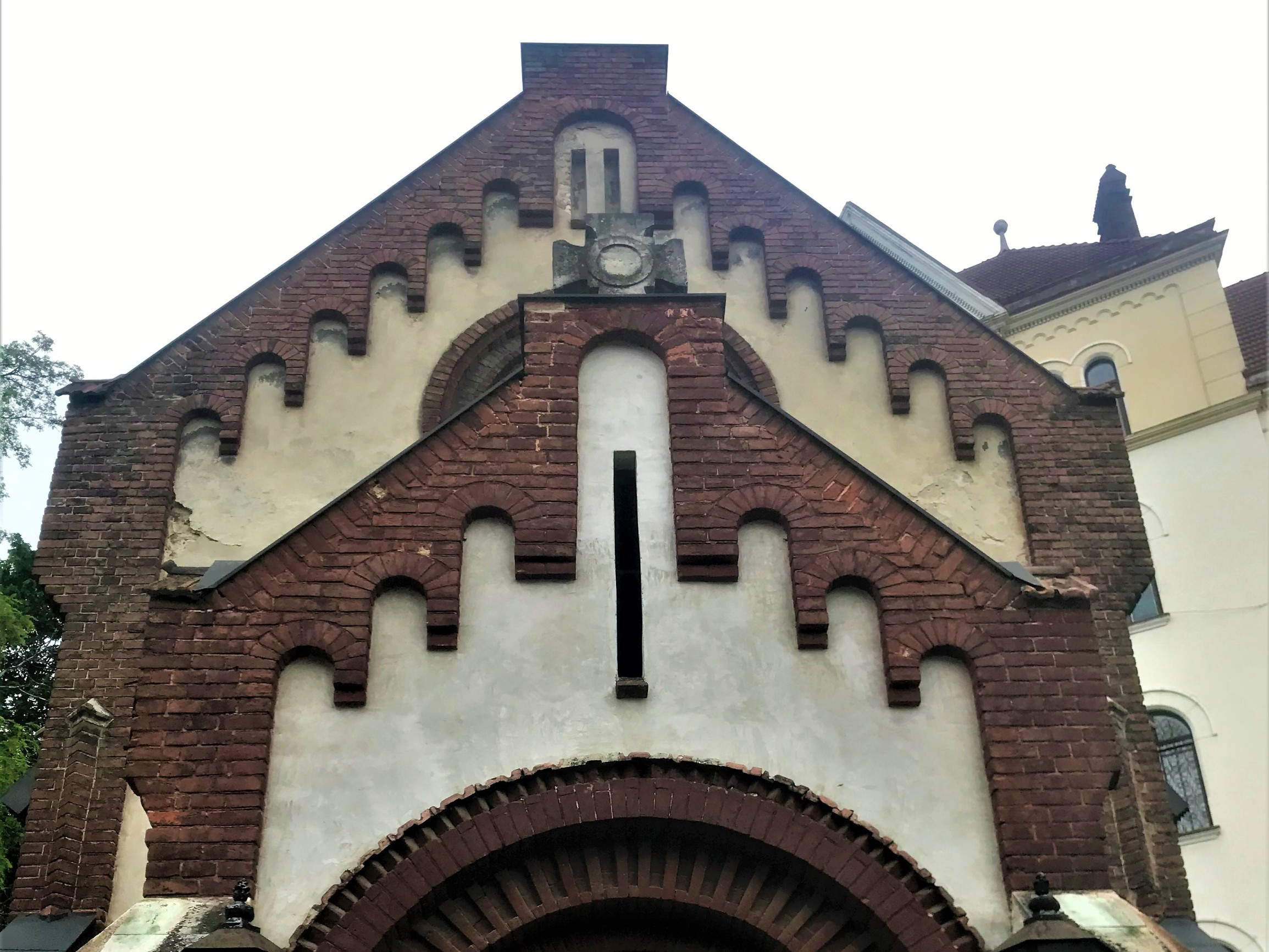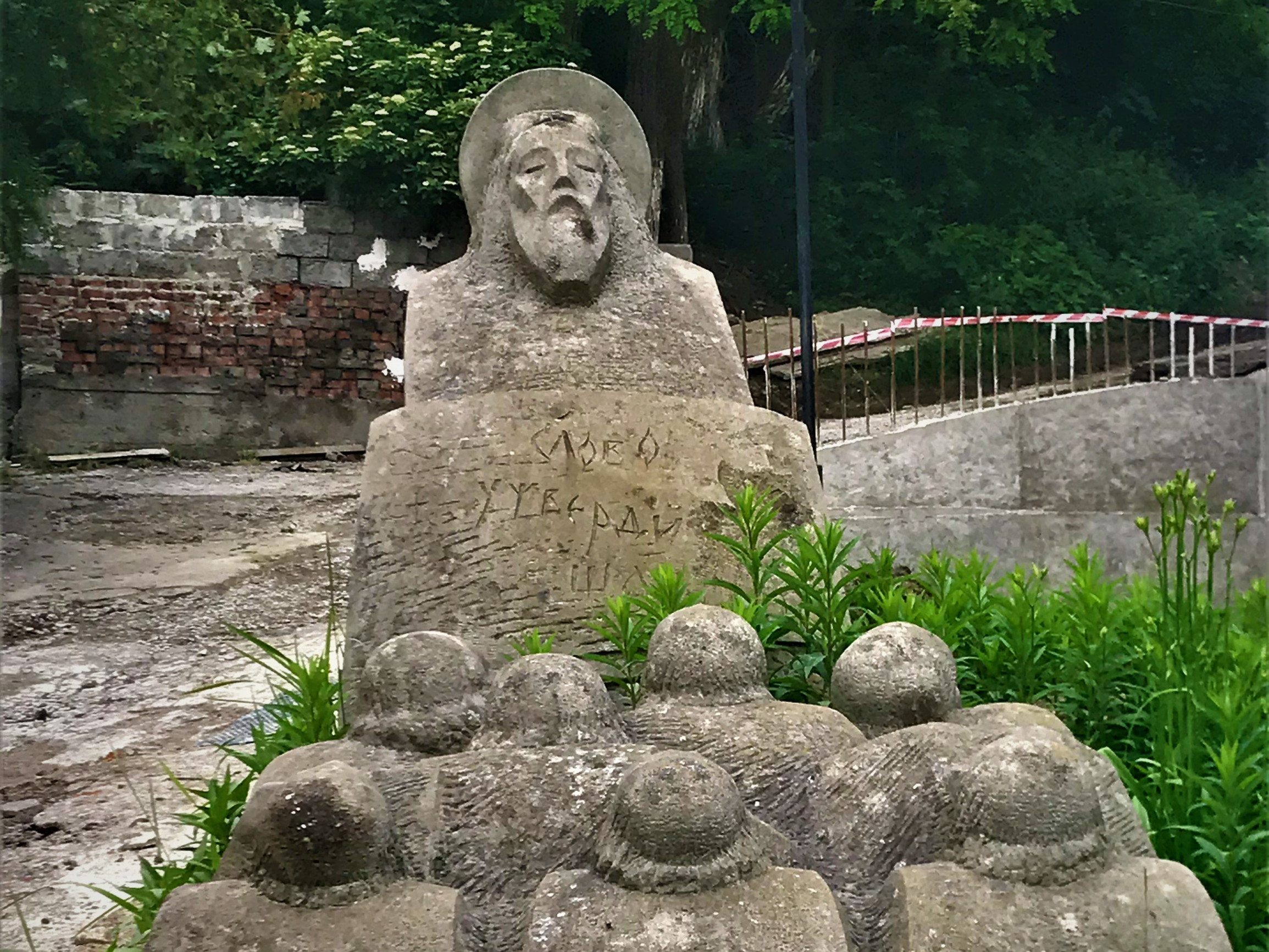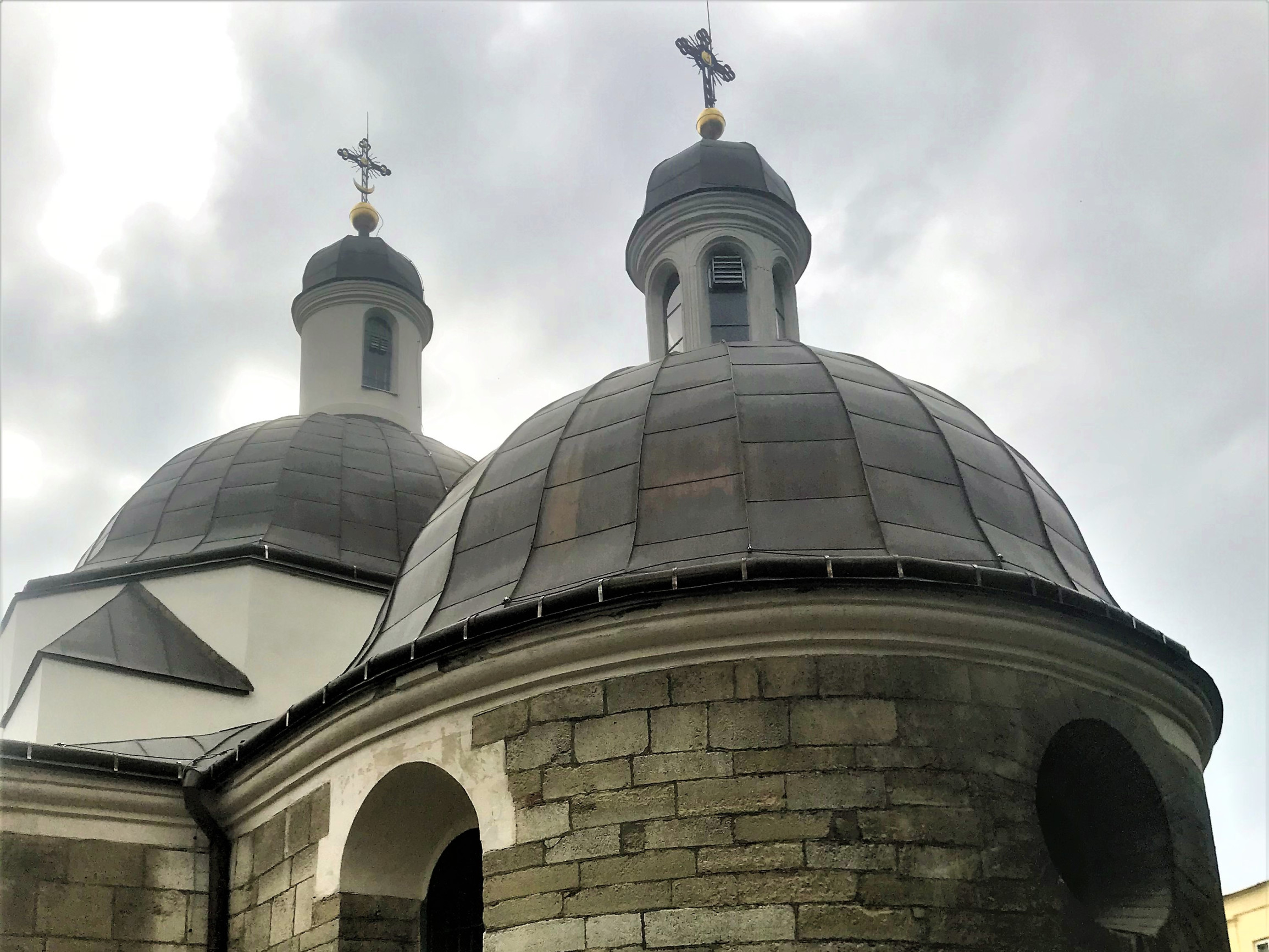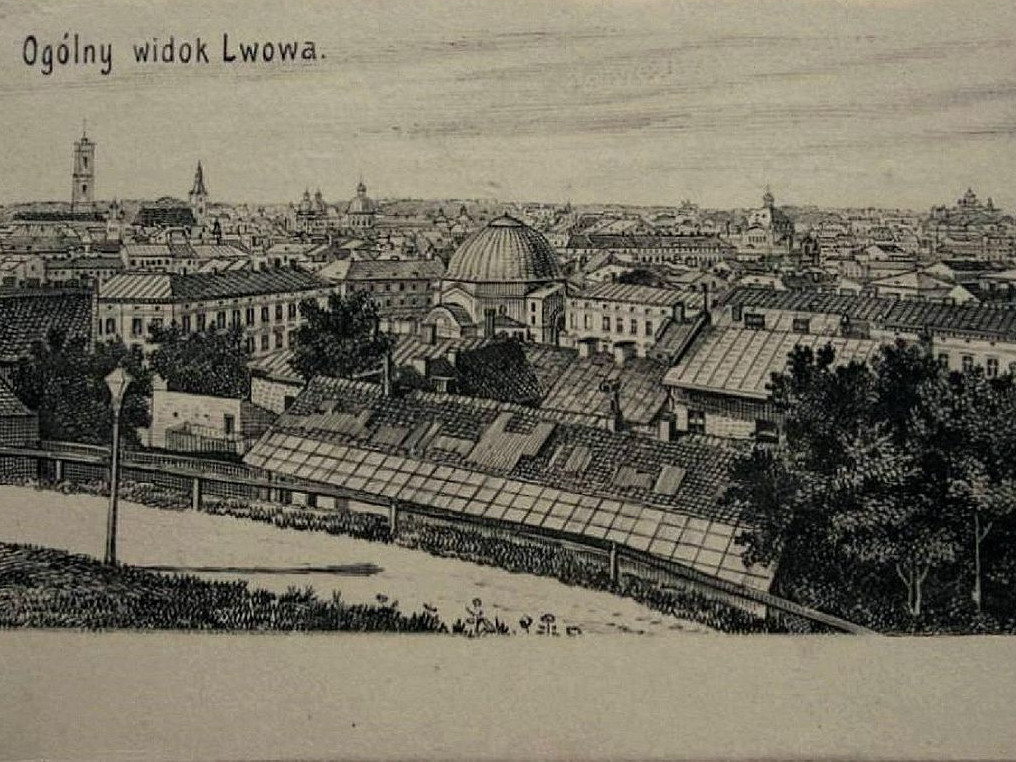It is well known that the central square of Lviv is Rynok Square (Market Square), it is a UNESCO heritage site and is undoubtedly one of the most beautiful squares in Ukraine, where the atmosphere and architecture of the medieval city are so well preserved and restored. However, not everyone knows that Rynok Square was not always the central square of the city, at the time of the founding of the city of Lviv by Danylo Romanivych it was the square known today as Staryi Rynok Square (Old Market Square), which is located in the Pidzamche district. Symbolically the area is called Pidzamche, because it was located at the foot of the Castle Hill, where previously stood the castle of King Leo I of Galicia.
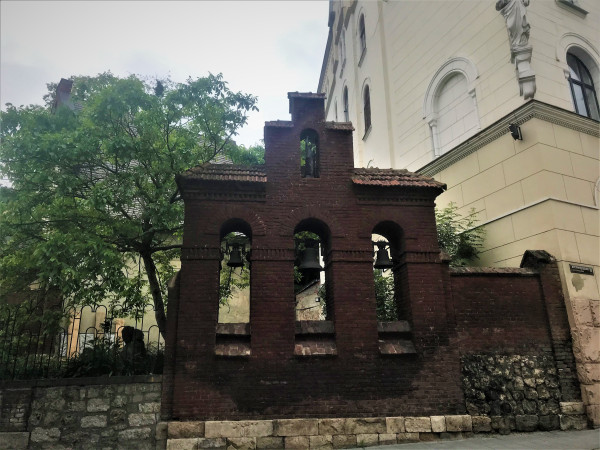
We return to Staryi Rynok Square – the oldest square in the ancient city of Lviv. The passage of time brings changes, and with it other people, other views, other circumstances, other weather and social conditions, wars and many others smaller in scale and not less in impact, so there are probably no things in the world that have not changed over time original resemblance. Today the square is not as noisy and full of life as it was when the city was founded, then there was a center of city life, "merchants from all over Europe and Asia came here to bargain: Europeans brought cloth, leather, silver and weapons for sale, and the Greeks and Armenians – silk, spice and wine. The Kings cared about the development of the city, gave traders certain rights, and settled for them various trade agreements with other states.
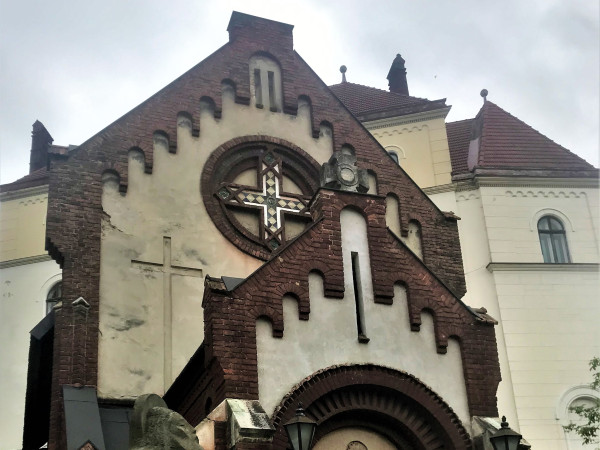
However, this rhythm of life in the Staryi Rynok Square did not last long, because in the middle of the 14th century the powerful Kingdom of Galicia-Volhynia collapsed. What did the neighboring states use and capture Lviv, King Kazimierz III of Poland came to power, who introduced his own rules and moved the city center from Staryi Rynok Square to the modern Rynok Square. There is no clear reason why the area was moved. Opinions differ, according to one version – the location of the old city was unfavorable for development and expansion, because it was surrounded by forests and mountains; another version is the desire of Casimir III to create a completely new city with new rules and regulations, which was to obey the Polish state.
The planning of the square dates back to the founding of the city, around the twelfth century, the building itself, which can be seen on the square today is relatively it has only several centuries, which appeared in the late nineteenth and early twentieth century, mostly made in styles preferred at that time – classicism and secession. Still, there are buildings on the square that take us back to the distant past and allow us to get closer to the ancient history of the city.
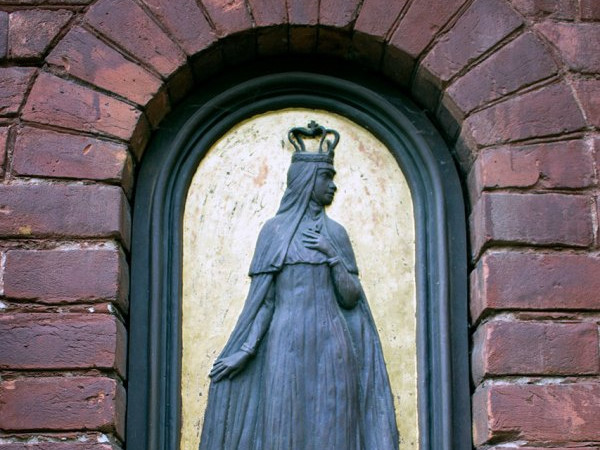
Such buildings include one of the oldest sacred buildings in Lviv – Former St. John the Baptist Roman Catholic Church. Opinions of modern connoisseurs and researchers of history differ on the time of construction of the temple, so the date of foundation varies from 1201 to 1370. There are several common opinions about the time of its foundation, according to one of which the church was built in 1201 in honor of the birth of King Danylo Halytskyi (whose church name was – John). Another opinion is that the marriage of King Leo Danylovych with the daughter of the Hungarian King Bela IV – Constance in 1247, who after marrying King Leo I, left home and longed for his homeland and religion, so a Catholic church was built for her (you can see the bas-relief of Constance on the wall of the temple). According to another opinion, it was the Armenians who built the church around 1370, which was converted to Catholicism by the end of the century.
Although more than half a century has passed since the temple was founded, the main part of the monument has been preserved for many years; it is the lower part of the temple foundation, which reproduces its original three-part plan, and most of the walls. An interesting fact that passers-by may notice is that if you are in the Straryi Rynok Square, it seems that the temple is turned away from the square, often people come up with different stories to explain it, but the reason is simple, at the time of the temple creation the square was much smaller, over time it expanded, and changed its location relative to the temple.
Address: 1 Staryi Rynok Square
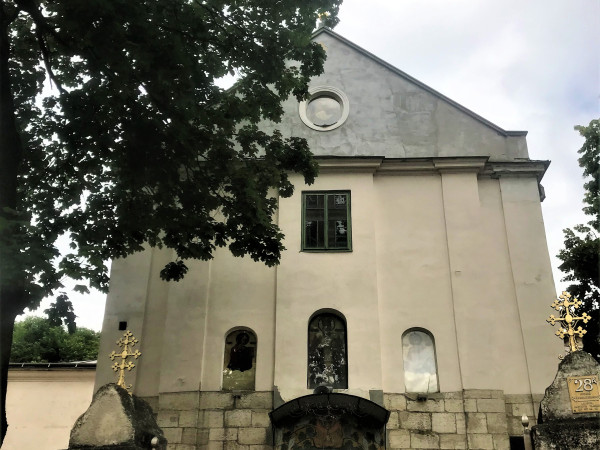
Another one of the oldest sacred buildings preserved to this day, built during the founding of the city of King Leo I, is the Church of St. Nicholas of the Orthodox Church of Ukraine. There is no unambiguous opinion about the time of foundation, which is today the subject of scientific controversy and debate. Given the location, features of its planning structure and the results of archaeological excavations, it is believed that the temple was built in the second half of the thirteenth century.
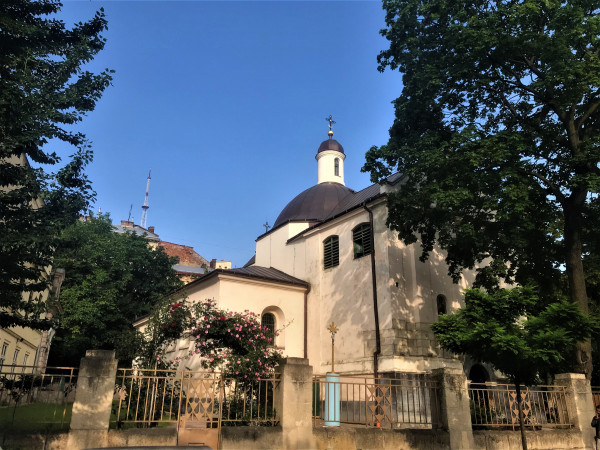
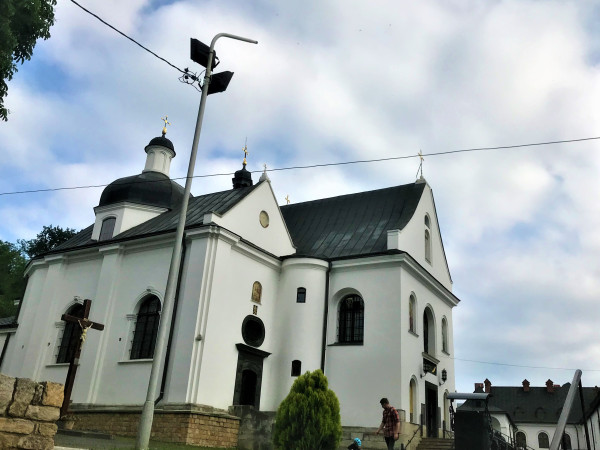
Another building of the city's foundation is the Monastery and church of St. Onuphrius, the Ukrainian Greek Catholic Church. The monastery was first mentioned in a charter of King Leo I from 1292, the following mentions date back to the fifteenth century, on the main facade above the side and large semicircular window you can see the date - 1518, approximate date of reconstruction. The monastery is a complex of churches, bell towers, and monastery cells. Today we are already witnessing centuries of stratification, including the Renaissance, Baroque, Classicism, and Art Nouveau. The original appearance of the temple has not been preserved, the oldest monastery buildings and the church were wooden, destroyed during the Turkish invasion and numerous wars, and were located in the upper part of the garden.

The brick church and monastery on their modern site were laid in the 16th century by the efforts of Konstantyn Ostrogski. An important event for Ukrainians, which took place within the monastery, is the founding of the printing house in 1573 and the creation of the first printed books in Cyrillic script "Apostolos" and "Bukvar"(Alphabet book) under the patronage of the world-famous first printer, Ivan Fedorov. As you pass by, you will notice that the temple complex is well fortified, which was a matter of time, the bell tower you can see served as a watchtower that alerted the city about the threat.
Address: 36 Bohdana Khmelnytskoho Street
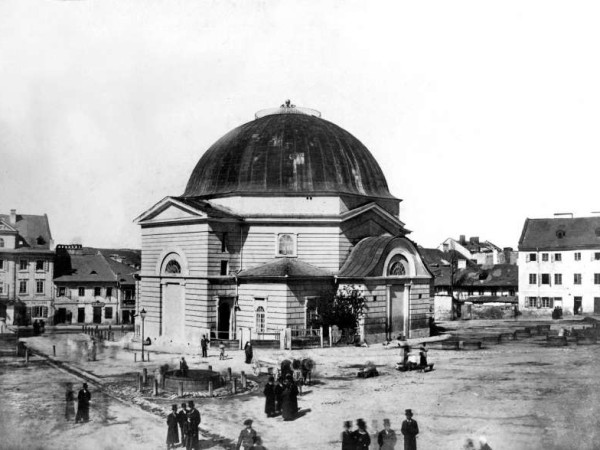
Among the modern monuments, but, unfortunately, not preserved to this day was one of the largest synagogues in Lviv - Tempel, Lviv Progressive Synagogue, built in 1846 in the middle of Staryi Rynok Square. The Progressive Synagogue is a recollection and echo of the enlightened Jewish Haskalah movement. We know the appearance of Synagogue only from the preserved photographs, where we clearly see the majesty of this building, which resembled a Byzantine temple. It was a building in the style of classicism, which was different from the near buildings with a large dome, which could be seen from afar. The synagogue was tragically destroyed during the Nazi occupation in the summer of 1942.
All the above-mentioned temples are open today; you can not only look at them from the outside, but also go inside and look at the details of more than half a century of history. We are sure that you will get unforgettable memories from a walk through the Staryi Rynok Square, its temples and alleys, and we are sure you will discover the Lviv that is not yet known to many.
If you are interested in atypical walks then you will like:


